Carbon management in tourism: avoiding emissions from festivals: Best Foot Forward UK
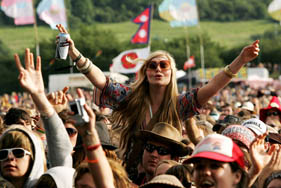
Glastonbury festival alone attracts over 40,000 vehicles and potentially vast emissions
The issue
Festivals and events can attract thousands, and often tens of thousands of visitors, often over great distances. In the UK alone, the 85 major festivals in 2007 are estimated to have had an audience of more than 2 million. Such festivals are usually associated with significant traffic flows: Glastonbury festivals in Somerset, UK, for instance, attract between 28,500 and 42,700 vehicles. Transport generated by such festivals leads to considerable emissions, even in the context of smaller festivals. A number of recent calculations carried out to assess the carbon footprint with associated with festivals confirms this: in Werfenweng, Austria, for instance, car transports to the 2009 husky world championship caused emissions of almost 560t CO2, corresponding to more than 3 million pkm driven by car.
Total emissions (including accommodation) caused by the annual Futuresonic event in Manchester, UK, are estimated to be in the order of 300 t CO2. Even though small on a per visitor basis, festivals and events can thus add considerably to emissions, and there is growing interest in creating green, climatically sustainable events. In the past, there have been various attempts to offset emissions caused by festivals and events. For instance, the soccer World Championship in Germany in 2006 was managed to be a ‘carbon-neutral’ event. Even various bands have sought to ‘neutralize’ emissions, but efforts have been met with mixed success.
The solution
In the light of problems incurred in offsetting , it is interesting to study options to avoid emissions associated with events and festivals, rather than to offset these. Measuring is still an important first step to understanding the emissions problem, and efforts to address emissions are usually directly linked to action taken by bands or organizers. An illustration is the band Radiohead, who commissioned a report on the carbon footprint of two concert tours in the USA, one an out of town ‘amphitheatre tour’, the other a small ‘theatre tour’ in city centres.
The report, written by Best Foot Forward (2007), suggests that the theatre tour caused emissions of 2.295 t CO2 (70,000 fans), while the amphitheatre tour caused 9,073 t CO2 (240,000 fans). Adjusted on a ‘per fan’ basis, the amphitheatre tour caused emissions in the order of 38 kg CO2 per fan, i.e. 10–12 per cent more than the theatre tour at 33kg CO2 per fan. Best Foot Forward explains higher emissions during the amphitheatre tour mainly by high-emission car travel to the theatre locations. Fan travel is consequently the primary factor generating emissions, while the band’s ‘own’ emissions amounted to 317t CO2 (theatre tour) and 300 t CO2 (amphitheatre tour), mostly associated with air travel, also in chartered planes, and the transportation of equipment by air.
Best Foot Forward (2007) notes that the breakdown of emission statistics will help to identify priority areas for action:
- Fan travel has by far the largest impact at 86 per cent (2006 tour) and 97 per cent (2003 tour), of overall CO2 emissions.
- International air travel by the band accounts for about 78 t CO2 (2006 and 2003).
- Air freight accounts for about 20 t CO2 to cover the distance UK–USA (east coast) and 26 t to cover the distance USA (west coast)–UK.
- The chartered planes from New York to Nashville, then to Chicago, and on to San Francisco added a further 64 t CO2.
- Trucks carrying equipment account for 62 t CO2 (2006) and 73 t CO2 (2003).
- Beer for the theatre tour, estimated at 2 bottles per fan, accounts for 50 t CO2 while the bottles and plastic glasses account for a further 16 t CO2
- Catering, waste and merchandise result in 1.1 kg CO2 per fan.
- Beer accounts for nearly 160 t CO2, and food for an estimated 215 t CO2, for the amphitheatre tour in 2003. Catering, waste and merchandise work out at 2.7 kg CO2 per fan (amphitheatre tour).
Even though these results are not likely to be comparable to most other countries due to the specific characteristics of urban infrastructure in the USA, a number of lessons can be learned. First, the band’s own emissions for travel, transport of gear and instruments, as well as electricity used during the concert are the single largest source of emissions, but visitor travel is most relevant in absolute terms. Choosing a central concert location that can be reached easily by public transport is thus a key management issue. A problem specific for concerts is that some fans might travel over long distances to attend a concert, with air travel in particular pushing up overall emissions considerably. Steering attendees to use public transport might consequently be easier where events and festivals are more local in character.
With regard to car travel in the US, Best Foot Forward suggests that 10– 20 per cent of emissions could be avoided by encouraging fans to share cars to achieve higher load factors. This would constitute by far the most important measure to reduce overall emissions. However, even the band’s emissions are relevant. As both tours began on the west coast and continued on the east coast of the USA, band members and equipment were flown. Best Foot Forward estimates that travelling by train across the US would have reduced the band’s emissions by about 26 per cent, while transporting equipment by rail instead of truck would have saved another 20 per cent.
Shipping equipment from the UK instead of air-freighting would have saved another 47 tonnes, or 15 per cent, of the band’s CO2 emissions.
The Best Foot Forward report written for Radiohead induced a number of changes. First of all, the band started to understand their emissions, realizing that both the band’s and fans’ travel patterns made a crucial contribution to the overall impact: ‘One of the big hidden factors that we hadn’t looked at was the way people travel to the shows’ (lead singer Thom Yorke, cited in McLean 2008). Radiohead also made headlines when they announced they would not play at Glastonbury:
‘Radiohead say they will not play at Glastonbury this summer because poor public transport to the festival has a negative impact on the environment’ (BBC News 2008). Instead, Radiohead would seek smaller, city-centred theatres in the future: ‘What we’re trying to do now is only play in areas that have a public transport infrastructure in place’ (lead singer Thom Yorke, cited in BBC News 2008). The band also communicated their carbon footprint on their website, thus engaging in a broader communication process of environmental impacts associated with events.
Best Foot Forward has recently audited a number of events, with reports com- missioned by Radiohead (2007), the Forestry Commission (2008), the UK Public Health Association (2008), the Welsh Assembly Government (2009), the Lon- don Organising Committee for the Olympic Games (2009); see Best Foot Forward (2009). According to Paul Cooper, Best Foot Forward’s Managing Director, event- related carbon assessments are becoming more popular, and the organization has thus designed online tools for carbon assessments, with a free basic version being available at www.footprinter.com, and an events-specific version available at www.event.footprinter.com.
Impact
Carbon audits of events show that these cause considerable emissions, but they also allow identification of mitigation strategies, for instance by choosing locations with public transport connections or in city centres. Furthermore, emission inventories can help bands to understand emissions and to plan accordingly. In the case of Radiohead, this even resulted in pressure on organizers to improve public transport options.
Source
Paul Cooper, Managing Director, Best Foot Forward, UK
Website
Best Foot Forward, www.bestfootforward.com
Related websites
Event Footprinter, www.event.footprinter.com Emission calculator for organizations, www.footprinter.com Tyndall Centre Carbon Pilot,www.futuresonic.com/07/eco2.html Event ecological footprint calculator, www.resource-accounting.org.uk/reap-tourism
The above was excerpted from ‘Carbon Management in Tourism’ by Professor Stefan Gossling due to be published by Routledge on 9 December
www.routledge.com/books/details/9780415566339/
Valere Tjolle
Valere Tjolle is editor of the Sustainable Tourism Report Suite 2011 – latest news on the suite at
www.travelmole.com/stories/1145712.php
 United Kingdom
United Kingdom United States
United States Asia Pacific
Asia Pacific








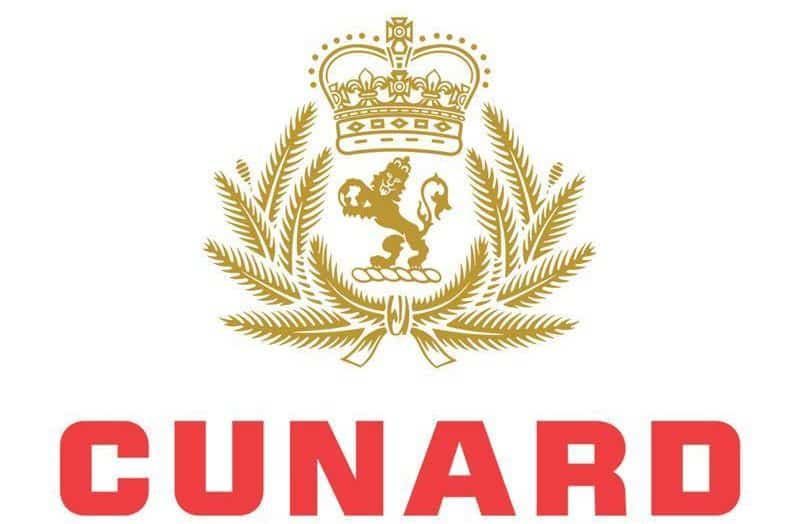


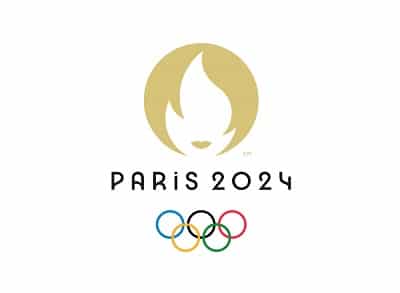




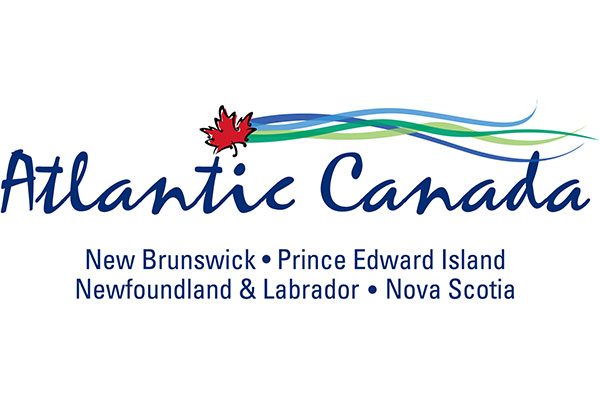


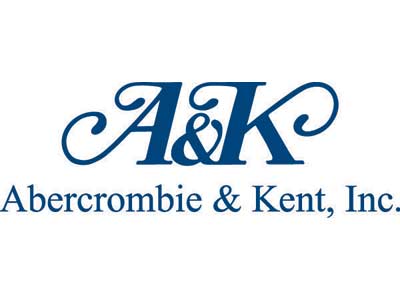

















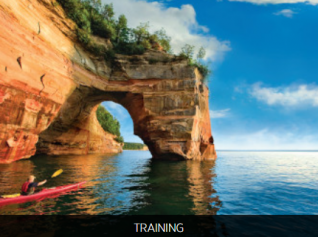






EU airports bring back 100ml liquid rule
British Airways passengers endure 11-hour 'flight to nowhere'
CLIA: Anti-cruise demos could cause itinerary changes in Europe
Co-pilot faints, easyJet flight issues ‘red alert’
Gatwick braces for strike